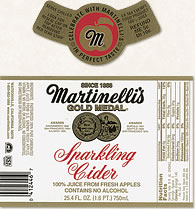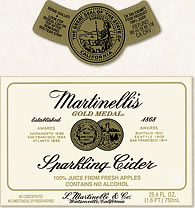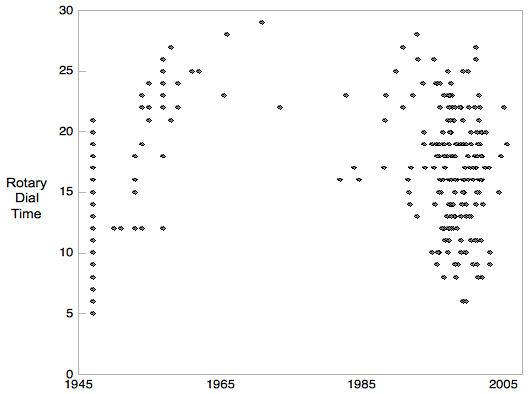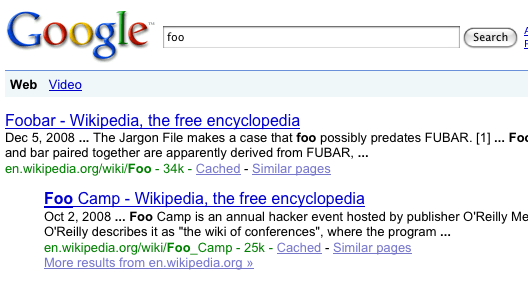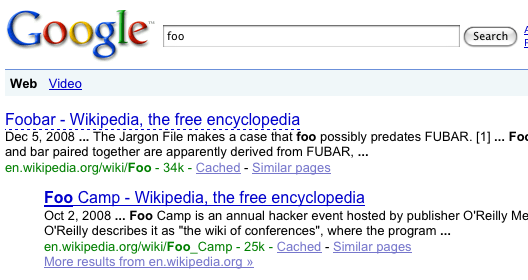Seeing as it’s my most well-known “work,” I guess I’ll satisfy some percentage of
web citizens and bring you the story behind the Unicode
Snowman.
Seed
On October 6th, after getting a little… not sober with roommates, I started talking with Ben about how much I liked Daring Fireball’s ★. John Gruber uses the Unicode Black Star symbol (U+2605) to demarcate his link posts from his self-generated content. Inspired by his approach, I decided to take a look at the rest of the Miscellaneous Symbols to see if anything would be appropriate for this site—a trashcan.
In my search, I stumbled upon U+2603—the Unicode Snowman, a.k.a. ☃.
Birth
I had to let people know about this symbol. Why is there a text solution to displaying an image? I didn’t know, but its existence had to be exploited. For ten dollars, I registered unicodesnowmanforyou.com with my existing DreamHost account. The domain is simple and friendly, while still retaining some nerd appeal.
The page was always intended to be a single character, but it proved surprisingly challenging to display this glyph to everybody. Some browsers (cough Internet Explorer) don’t play nice with Unicode font selection, and some operating systems (cough Windows) don’t come with fonts that support U+2603.
Predicament
The difficulty was thus: a bare HTML ☃ (wrapped around a text centering and embiggening div, of course) will display as a giant “character not found” box in Internet Explorer because it doesn’t know which font to use. (Other browsers just choose a font that contains the given character based on some internal preferences when not given a font directive in a style sheet.) Specifying Arial Unicode MS as the font for the site seems wrong for two reasons, though:
- Different fonts render the snowman very differently. It’s almost like a font free-for-all when it comes to snowman actualization. Limiting it to one snowman takes out some of the magic.
- Not even all Windows machines have Arial Unicode MS. Only those with Microsoft Office installed have it. Even Leopard ships with it, for fuck’s sake.
Solution
Luckily, IE supports a couple non-standard features that let the site work as normal. If anybody with IE goes to the site, a conditional comment downloads an Embedded OpenType file containing a (very) pared down version of Arial Unicode MS with only the Latin alphabet and, of course, U+2603. A font normally 22 megabytes in size reduced three orders of magnitude to 80 kilobytes.
Web font embedding is a hot issue now, as Firefox just implemented it, and Safari is on its way. IE, on the other hand, has had the ability to read Embedded OpenType since IE 4! The only problem is that in order the make the file, one must use a terribly designed tool called WEFT, which doesn’t appear to have been updated since 1999, despite the latest version being released in 2003. It’s no wonder font embedding didn’t catch on.
Non-IE users will not receive the style tag since they won’t interpret the comment, so they are free to make the best choice about which font to use, i.e., which of their fonts has a snowman. It’s even valid HTML 4.01 Strict!
An attentive reader may note that this leaves users in the dark if they go to the Unicode Snowman on Windows, on a non-IE browser, and don’t have MS Office installed. Yes, it does. I feel like I can live without this segment of the population seeing this Unicode entity in all its brilliance.
Getting Seen
With the website built, and Google Analytics integrated, the next step was showing it off. I first showed it to my friend (and extraordinary former RCC, I might add) Brendan O’Connor, who posted it on Hacker News. It remained on the front page a good five minutes before somebody booted it for not being news. Great.
An IM to another friend got the ball rolling again. Reddit was the target, and it stuck. It was on the front page for pretty much all of the 8th, racking up 8,000+ views from all over the world. It was refreshing to see nerds in so many countries!
Later, it was linked by NotCot, The Triumph of Bullshit, and (most importantly) Waxy, among other blogs. I was happy to have made something people liked, if only for fifteen seconds.
Aftermath
What did we learn from all of this? Well, for starters, we now know why he exists. Also, some 30,000+ people have experienced the glory of Unicode, which I’ll mark as a learning experience (or something).
I got some neat email at snowman@unicodesnowmanforyou.com, to each of which I dutifully replied. Cabel from Panic even mirrored it at http://www.☃.net/!
As far as the original search for a mark for my site, I eventually found U+267B, Black Universal Recycling Symbol (♻), and I use it well! More explanation in my Hello, World.
Added Ben shortly after the reddit-ing:
“Isn’t it kind of depressing how much traffic Unicode Snowman is getting?”
No, why would you say that?
“Just how little effort it took you and how it’s perhaps the most popular thing you’ve ever created.”
Ay, there’s the rub.

